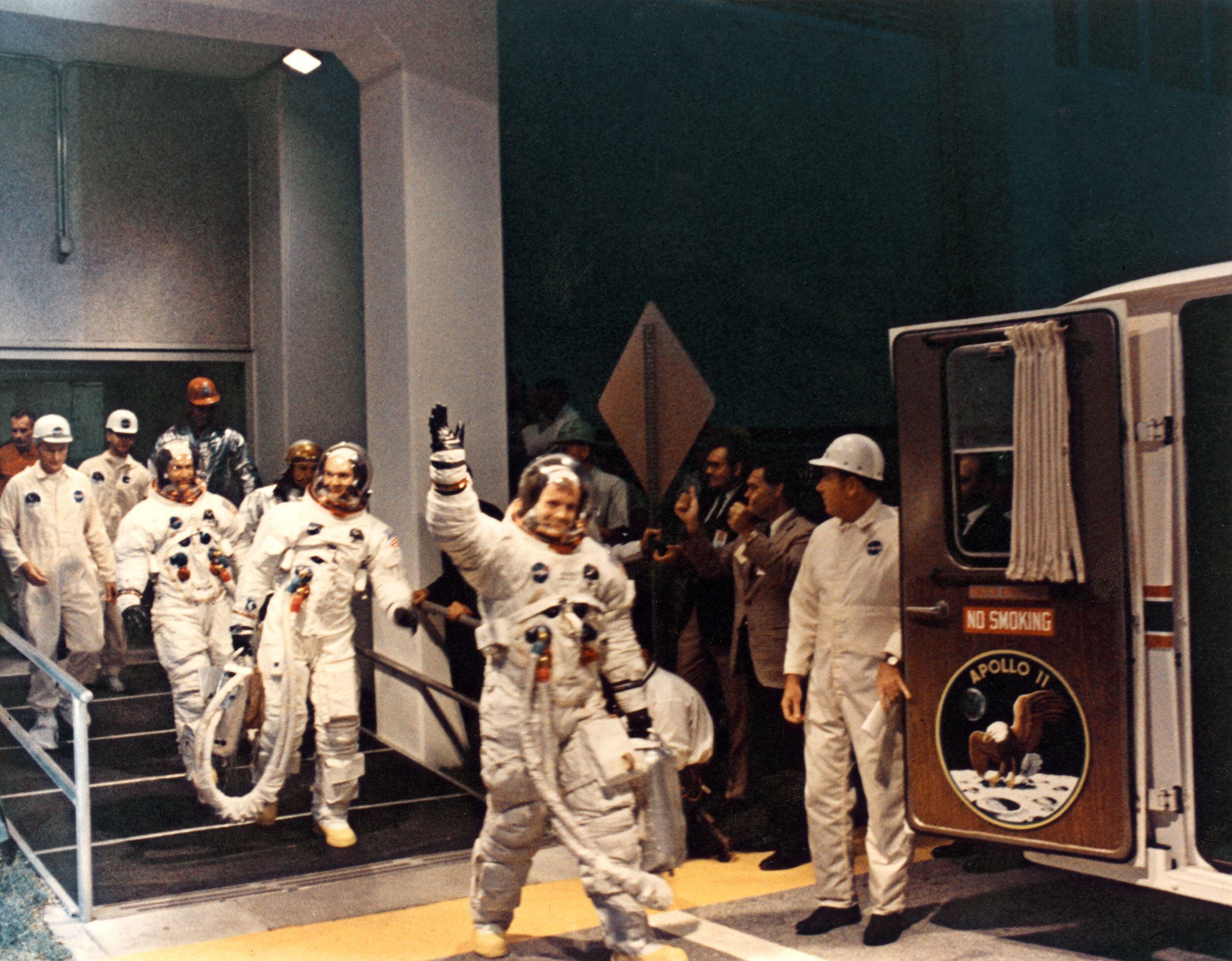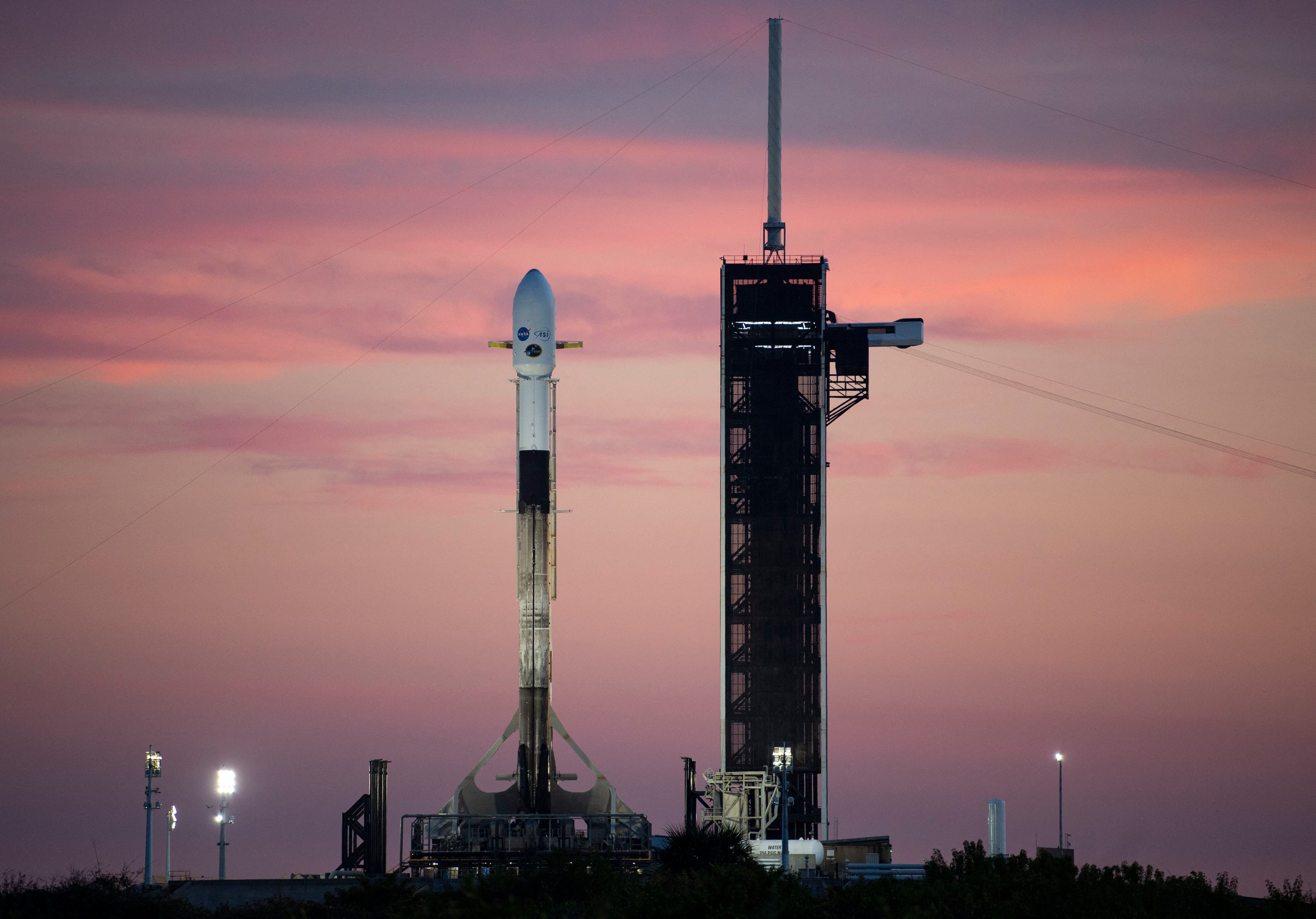A private company from Houston is preparing to launch a mission to the Moon this week, which if successful will mark the first moon landing. USA since the end of the Apollo program, five decades ago.
China, India and Japan recently managed to reach the Moon. And after the bankruptcy of the American company Astrobotic in January, a lot is at stake for the company Intuitive Machines.
READ ALSO: Lithium metal batteries, the technology that can double the range of electric cars
Why did the United States decide to trust the private sector? For the flagship Artemis program, which aims to return astronauts to the Moon, NASA has made a fundamental reorganization.
During the Cold War, the US space agency invested large budgets and supervised every last detail of each mission.
But in this new paradigm, it has decided to bet on the market economy and business competition to achieve feats at a much lower cost.
This approach has already borne fruit, but it also poses risks, particularly that the United States will be overtaken by China, its main rival.
The success of SpaceX
Intuitive Machines and Astrobotic’s missions to bring scientific equipment to the lunar surface are part of the CLPS, a program in which other companies participate.
NASA developed it by prioritizing the most frequent and lowest-cost lunar landing attempts, Scott Pace, director of the Space Policy Institute at George Washington University, explained to AFP.

The space agency was buoyed by the meteoric rise of SpaceX, billionaire Elon Musk’s company, which is now one of NASA’s primary suppliers.
“SpaceX’s reliability is the result of multiple rocket explosions,” Pace noted. These are explosions that NASA, which is financed with public resources, could not allow.
Currently, SpaceX vehicles are the only means of transportation that astronauts have to travel to the International Space Station (ISS) from US soil.
NASA also commissioned Boeing to develop a space taxi to the ISS, but it is not yet certified.
According to one study, each space shuttle liftoff cost NASA more than $2 billion (adjusted for inflation), while the average cost of a seat on a SpaceX rocket is $55 million, according to a government audit. .
Towards Artemis
Now, instead of ordering machines from its industry partners and telling them exactly how to build them, NASA tells companies what it needs and allows them to develop their own proposal.
For the Apollo era, NASA was funded with more than $300 billion, according to analyst Casey Dreier of the Planetary Society. That’s considerably more than the $93 billion the agency will spend on Artemis through 2025.

The strategy has some drawbacks.
NASA signed a contract with SpaceX to develop a lunar landing module that places astronauts on the lunar surface, but the system planned by the company, which responds to its own interests, is complex.
The Starship, a version of the lunar lander (which has never flown without exploding), will have to refuel in space before heading to the Moon.
This type of refueling operation could be used to facilitate missions to Mars (SpaceX’s ultimate goal), however the development of this technology could delay Americans’ return to the Moon.
NASA plans to return to the Moon in 2026, although the schedule could still be postponed.
China plans to send humans to the Moon in 2030.
The Chinese “don’t have to worry about all the concerns we see in the United States, where the political landscape is very polarized and where there are threats of budget paralysis,” said G. Scott Hubbard, former director of NASA.
In any case, the US agency can no longer reverse its partnership with the private sector.

Constellation, a lunar program designed in the 2000s based on a model similar to Apollo, was canceled due to budget constraints. Therefore, apart from its new public-private strategy, the space agency does not have many other alternatives.
Source: Elcomercio
I have worked in the news industry for over 10 years. I have a vast amount of experience in writing and reporting. I have also worked as an author for a number of years, writing about technology and other topics.
I am a highly skilled and experienced journalist, with a keen eye for detail. I am also an excellent communicator, with superb writing skills. I am passionate about technology and its impact on our world. I am also very interested in current affairs and the latest news stories.
I am a hardworking and dedicated professional, who always strives to produce the best possible work. I am also a team player, who is always willing to help out others.

:quality(75)/cloudfront-us-east-1.images.arcpublishing.com/elcomercio/KXJJSSCGXJGPFGVDPKZNY3EUUA.jpg)


:quality(75)/cloudfront-us-east-1.images.arcpublishing.com/elcomercio/DQ4MLCPEJ5D5NC6BFXZJ37ENK4.png)

:quality(75)/cloudfront-us-east-1.images.arcpublishing.com/elcomercio/KHRSVXMA7FDZDJQ4YRQJMTBDDM.jpg)
